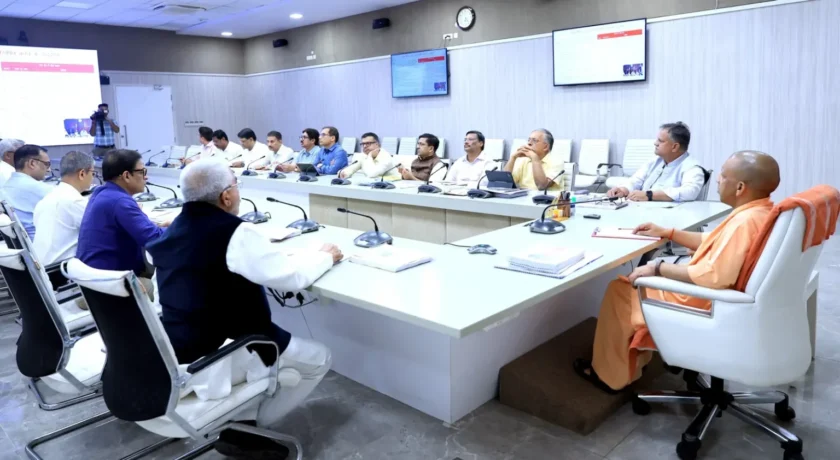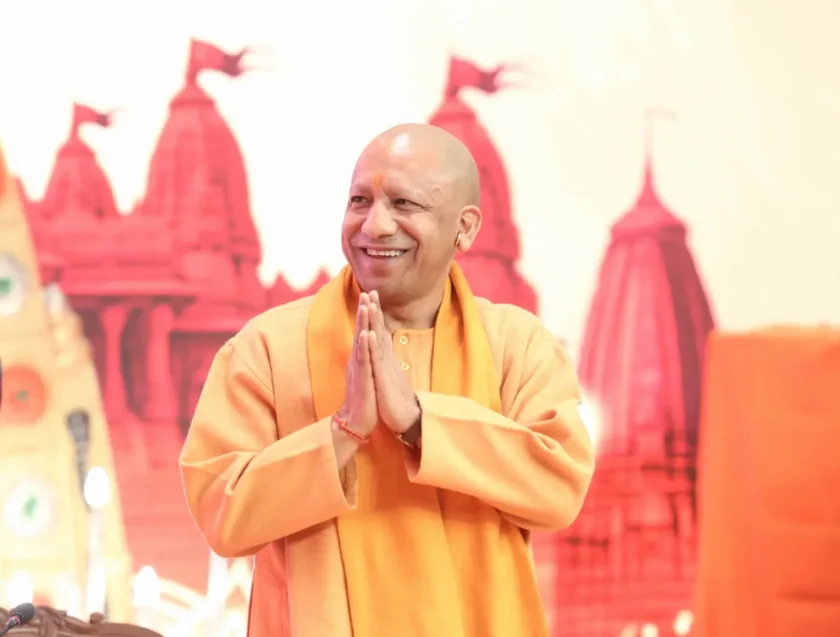Lucknow— In the city once ruled by Nawabs, where rising electricity bills have become a growing concern for households, solar panels are proving to be a much-needed solution. With the cost of power steadily climbing, the PM Surya Ghar Yojana is transforming the energy landscape of Lucknow, bringing financial relief and sustainability into focus.
Residents who have installed rooftop solar panels are reporting a sharp drop in their monthly electricity bills. Many claim that within two to three years, the investment in solar infrastructure is paid off entirely, thanks to subsidies provided by the Central and State Governments. What was once considered a luxury for the wealthy is now becoming a smart and affordable choice for the average household.
Surge in Rooftop Solar Installations
The city has witnessed a dramatic rise in solar adoption, particularly in outer zones and suburban divisions. According to figures from the local electricity authority LESAs (Lucknow Electricity Supply Administration), 25 divisions in the city are now generating 1,55,668 kilowatts of electricity daily through solar energy.
The Gomti Nagar zone leads the way, producing a whopping 50,000 kilowatts daily, followed closely by the Amasi zone, which boasts the highest number of solar panel users at 11,821 households. Gomti Nagar isn’t far behind, with 11,555 users now harnessing the power of the sun.
Division-wise Breakdown Shows Promising Trends
LESAs records show widespread solar adoption across multiple divisions:
-
Chinhat Division: 3,569 users
-
Gomti Nagar Division: 3,065 users
-
Munshipulia Division: 3,003 users
-
Vrindavan Colony: 2,007 users
-
Kanpur Road Division: 2,601 users
-
Rajaji Puram: 1,900 users
-
Alambagh: 1,052 users
-
Indira Nagar: 2,000 users
-
Sitapur Road Division: 1,700 users
-
University Division: 347 users
-
Mahanagar: 689 users
-
Dalimandi (Dali Ganj): 1,363 users
-
Rahimnagar: 2,521 users
The trend shows that residents in new and expanding neighborhoods are more proactive about solar panel installation. Government subsidies have clearly played a pivotal role in making solar power more accessible.
Old Lucknow Still Lags Behind
However, older parts of the city continue to show lower interest. Areas like Chowk Division (360 users), Residency Division (367), Thakurganj (1,200), Aishbagh (364), and Upttran (475) report relatively fewer installations.
At the bottom of the list are Hussainganj (223 users) and Aminabad Division, with just 122 solar panel users — the lowest among all.
Government Push and Public Response
According to electricity officials, the increasing number of applicants is a direct result of government-backed subsidies and awareness campaigns. People from peripheral zones such as Dubagga, Malihabad, Mohanlalganj, and Naderganj have been particularly active in adopting solar energy.
For instance:
-
Dubagga Division: 1,921 users
-
Malihabad: 237 users
-
Mohanlalganj: 871 users
-
Naderganj and nearby areas: 3,132 users
-
BKT Division in Jankipuram Zone: 2,764 users
Officials believe that as awareness spreads and the benefits of solar energy become more visible, more residents across Old Lucknow and central areas will begin to embrace the shift.
A Brighter, Cleaner Future
The shift towards solar energy is not only helping families cut down on utility costs, but also promoting environmentally conscious living. The PM Surya Ghar Yojana, coupled with state-level initiatives, is fast reshaping Lucknow’s urban energy model — from grid dependency to green self-sufficiency.
As one LESA engineer summed it up,
“Solar panels are no longer just a smart choice — they’re becoming a household necessity in today’s energy economy.”
With momentum building, Lucknow is well on its way to becoming a solar-powered capital, one rooftop at a time.






